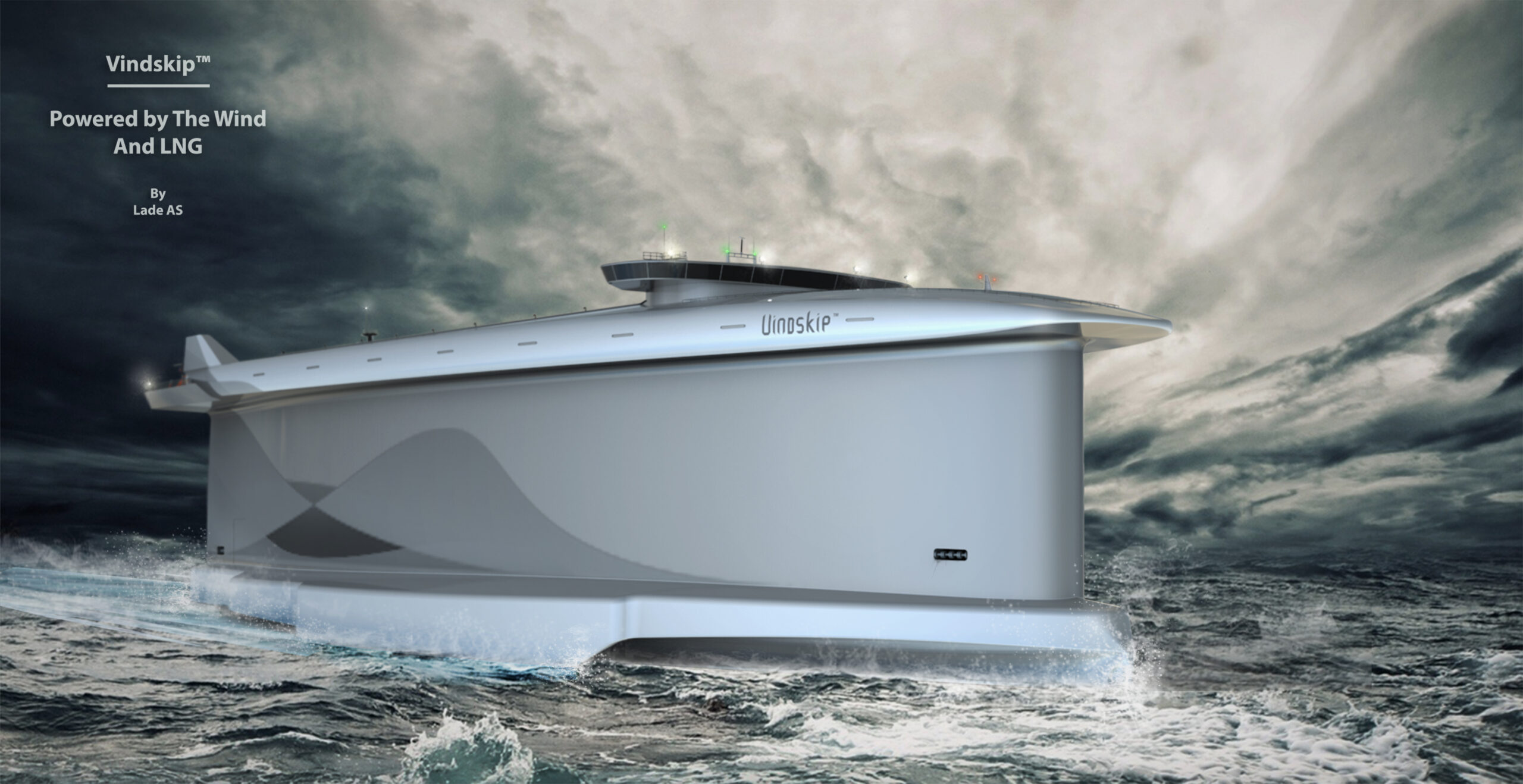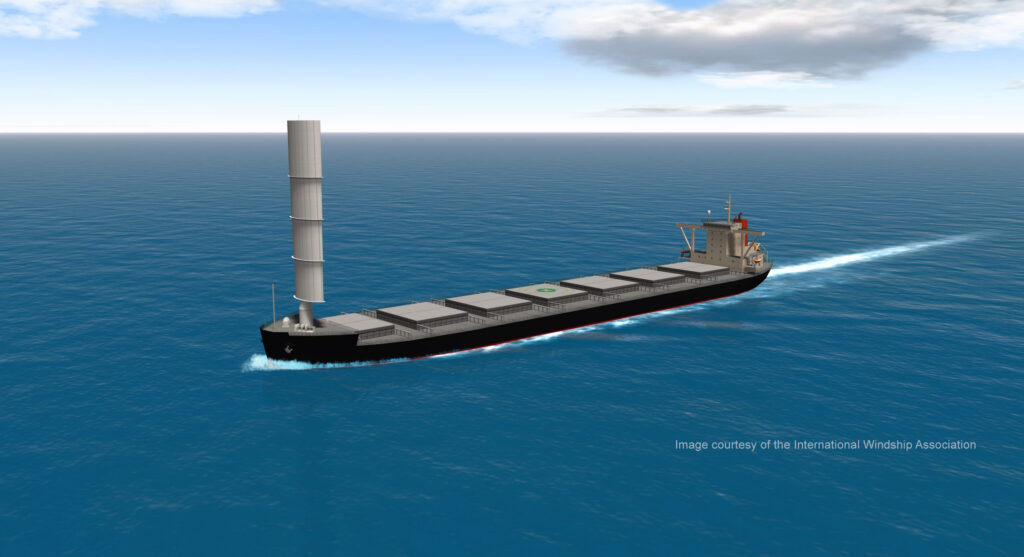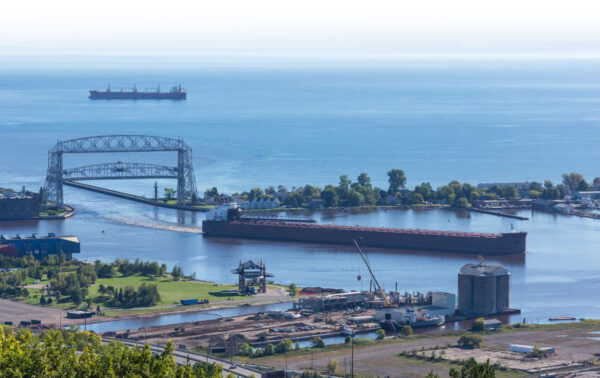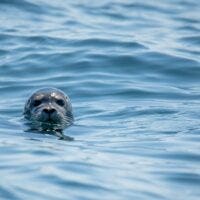Marine shipping is undergoing a major transformation as it seeks to decarbonize. How will wind power be part of the solution?
The global shipping industry has set an ambitious decarbonization target to get to net-zero GHG emissions by 2050.
One alternative power source under consideration is the wind. Virtually limitless, wind is synonymous with the history of shipping, and is seen as an important supplement to other energy sources.
Preliminary investigations of the fuel consumption and GHG reduction benefits to be gained by adding sails to existing cargo and passenger ships varies from 1% to 47% depending on the number of sails, and the speed and direction of the wind.1 According to the International Windship Association, a not-for-profit organization of international companies focused on the benefits of direct wind propulsion both as an auxiliary and potential alternative power, purpose-built wind assisted ships would have a 50% average reduction in fuel consumption and GHG emissions, and some designs could even be 100% powered by the wind. A study by the UK government in its 2019 Clean Maritime Plan estimated that the global market for wind propulsion systems could be worth $3.5 billion worldwide by 2050.
Wind and wind-assisted power systems use several different methods, all of which are at various stages of development and implementation. Many of these systems can be retrofitted on existing ships. This article provides an overview of the six different wind applications, some of which are still at the concept stage, and how they are used.
1. Hard and Soft Sails
To many people, sails are as old as shipping itself. So, it’s no surprise that in the quest to reduce carbon emissions, sails are making a comeback harnessing new technologies and materials that provide a more modern take on the cloth, flax and linen sails of earlier times. This new generation of sails fall into two main categories – hard and soft – and are designed to assist other methods of propulsion including engines. It’s estimated that they can achieve fuel savings of 30% depending on weather conditions during the voyage. Most sails can be lowered and stored when not in use due to their side-mounting when unloading or taking on cargo. There are six large ship projects using soft sails and more than ten using hard sails. Find out more about this system here.
2. Flettner or Rotor Ships
Although they rely on the wind, the special vertical spinning cylinders or rotors of this design do not look anything like a traditional sail. Tubes are mounted vertically on the deck of the ship and look like upright pipes. It is the system that has been most widely adopted by the shipping industry and that is in active service.


They depend on an aerodynamic phenomenon for propulsion called the Magnus effect. This phenomenon was named after the 1850s German physicist, Heinrich Magnus, who noticed that when a spinning object – such as a ball – moves through the air, it experiences a sideways force. In the case of the ship, when the wind blows from the side of the spinning rotors, the Magnus effect creates a forward thrust. The rotors on the ship are not powered by the wind, and must have their own small motor so that they spin. A simple explanation of the principle and the aerodynamics behind it is provided in this video clip.

As of 2020, there are six vessels operating with 14 Flettner rotors installed. Three more vessels will be fitted later during the year.
The MV Afros, an Ultramax bulk carrier, is fitted with an Anemoi Marine Technologies (UK) Flettner rotor system. This ship was named “Ship of the Year” at the Lloyd’s List Greek Shipping Awards in 2018. The 64,000 deadweight tonne (DWT) vessel is the first dry bulk carrier to be equipped with Flettner rotors. As they are mounted on trolleys, the rotors can be moved during loading operations.
In another operational model, two rotor sails developed by Finland’s Norsepower Ltd., installed on board the Maersk Pelican oil tanker reduced the ship’s fuel consumption by 8.2% during a 12-month trial period. Norsepower says this saves the equivalent of approximately 1,400 tonnes of CO2 and cut fuel consumption by 7% to 10%. The addition of two more rotors would cut costs by 15% to 20%2. The cost of a typical rotor system averages between US$1.15 to $2.3 million to deploy and takes up to five years to recover the costs through reduced fuel consumption. Norsepower has added other models to two ferries that operate in European waters. Two other manufacturers have installations: an Ecoflettner system on the MV Fehn Pollux and Enercon’s cargo ship called E-ship 1.
3. Kites
A variant of the traditional sail is a kite. The best known application is being developed by AirSeas, a spin-off of Airbus Industries, which plans to ship components of Airbus aircraft from Europe for assembly in the United States on the roll-on, roll-off vessel Ville De Bordeaux in 2021. Known as the SeaWing, the kite can be produced in a variety of sizes. It is stowed in the bow and deployed automatically. A Japanese shipping company is installing up to 50 systems on its fleet in 2020.
The common denominator of sails and kites is the software system that analyzes meteorological and oceanographic data and determines the optimal configuration for the journey. Once the kite is employed, it fills with air and is then operated by an autopilot. It is designed for ships that sail at speeds between 12 to 21 knots.
4. Suction Wings
eConowind, a Dutch company, has developed a suction wing called Ventifoils, which is composed of vertical towers that look like a rotor sail system. The main difference is that the towers or wings are non-rotating with vents that have an internal fan that draws air through a boundary air layer. This creates a difference in pressure resulting in forward movement.

The installation features two 10-metre wings with two extensions of six metres that will generate significant force allowing the vessel to reduce engine power and reduce fuel consumption. It is installed on the 3,600 DWT general cargo vessel MV Ankle as part of the Wind Assisted Ship Propulsion project funded by the European Union’s Interreg North Sea Region program.3 Estimates suggest that savings in fuel will pay for the system over approximately three years, thus reducing GHGs.
The Near Future
Two other systems are not under commercial development yet but offer a glimpse of what the near future could hold.
5. Hull Form
In this model, the hull of the ship effectively becomes the sail, taking advantage of the windage that exists due to the exposed sides of ships; the ship becomes a wind-assisted air foil. The science behind the technology is based on the formation of a vacuum on the lee side of a ship which then aids in propulsion by generating pull – much like an aeroplane wing uses the lower pressure over a wing to generate lift, or the sails of a traditional sailboat.

The yet-to-be-built ship will rely on software that calculates the best route by factoring in weather and optimal winds. Like most eco-friendly wind-powered ships, the hull form is designed as a supplement to engine power fueled by lower carbon fuel options like liquefied natural gas.
6. Turbine or Windmill
Windmill turbines are still in the early stages of development for application on ships. There are no working commercial applications at this time. These might be the most flexible propulsion systems as they could provide stored energy for batteries and generate power for ships in port. As the windmill can be rotated, they are not dependent on the wind’s direction to generate power. Windmills face two key hurdles for use at sea: they are prone to wear out faster than their land-based cousins and they need to sit lower on the ship as they cause some instability due to their height.
How will wind power contribute to GHG reduction?
Zero emissions alternative fuels to power ships are expensive to manufacture and scaling up their production may have significant environmental impacts. So measures that improve energy efficiency and reduce the amount of fuel required are critical to achieving a sustainable pathway to net-zero. Although we may be moving back to history for our inspiration, wind power for ships certainly forms part of its future.
Learn More About:
Energy Transitions Commission’s Report. Mission Possible: Reaching net-zero carbon emissions from harder-to-abate sectors by mid-centuy.
International Council on Clean Transportation. Rotors and bubbles : Route-based assessment of innovative technologies to reduce ship fuel consumption and emissions.
International Renewable Energy Agency. Renewabe Energy Options for Shipping.
#clearfacts #sustainablemarineshipping #windships
1 Bryan Comer, Chen Chen, Doug Stolz, Dan Rutherford. (2019). Rotors and bubbles: Route-based assessment of innovative technologies to reduce ship fuel consumption and emissions. International Council on Clean Transportation.
2 The Economist. Wind-Powered Ships are Making a Comeback. Article published on October 4, 2018.
3 See details of the announcement here.



